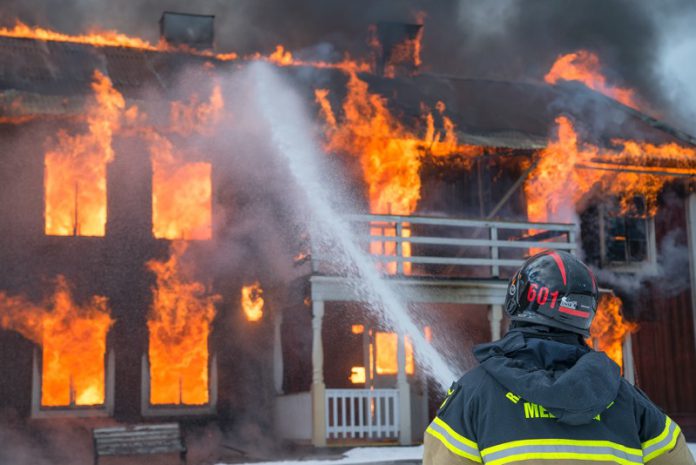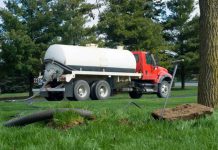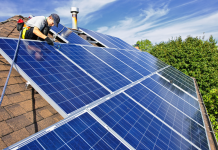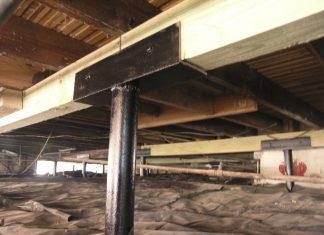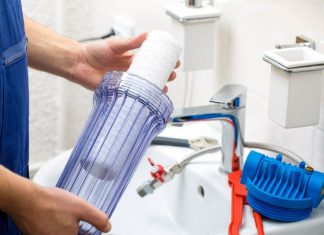To say that house fires are dangerous is an understatement. More than 72% of the civilians that are stuck in a house fire are likely to die.
Fire protection is an absolute must in houses, and everyone should have the minimum knowledge to tackle the situation before it even occurs.
You won’t need much more after reading our comprehensive step-by-step process of fireproofing your house. Keep scrolling to learn more.
Leading Causes of House Fire
- Cooking
- Gas leaks from stoves
- Faulty electrical appliances
- Fireplace mishaps
- Smoking
- Heating equipment
- Candles
- Flawed light sources like Table lamps
8 Steps to Fire Proof Your House
Let’s go through the step-by-step process here.
Step 1: Check Your Smoke Detectors (If Any)
Most modern houses have a built-in form of protection for fire emergencies. But when was the last time you checked if they properly worked or not. Take boiling hot water that is emitting smoke.
Place them close to the detectors. If they do not respond, then get them replaced. Also, make a habit of checking them every month.
Step 2: Check for Gas Leaks
It would help if you were looking for a rotten egg or Sulphur smell. Listen for a hissing sound. Do the soap test. In the soap test, take a small amount of water and make it very soapy. Then place that in the suspected area of a gas leak.
If it keeps forming a bubble, then there is a gas leak there. Call in professionals to help you out.
Step 3: Cooking Safely
The number one reason for house fires is cooking accidents. Keep yourself protected by wearing fire-resistant aprons and mittens. Always keep some baking powder in the kitchen as it works the best for grease-based fire. Do not put water on them.
Step 4: Maintain Your Appliances
Do not use an appliance if it has been used for more than 6 years. Check the cords and see if the protective layer has been damaged or not. If so, then get them replaced.
Do not put extension cords near rugs. Do not overload your extension cords or wall sockets. Do not put lamp sheds that are flammable.
Step 5: Fireplace Protection
Use a Glass barrier with a high melting point to prevent the spread of fire and contain it.
Step 6: Always Be Aware of Your Heating Equipment
Heating equipment should never be left turned on after use. They are very volatile and have a high risk of fire.
Step 7: Smoking Regulations
Always smoke outside but be wary of dry leaves. Always end your smoking session on an ashtray.
Step 8: Keep a Fire Extinguisher
Fire extinguishers are your ultimate weapon against fire if one does break out. Use it immediately if you know the fire may spread to proportions out of your control.
Nothing Should Burn on Your Watch!
Now fire hazards can be dealt with easily, and you can rest easy at night knowing your house is fireproof.
With this comprehensive info, you can now fireproof your own house and can save lives before they even come in danger.
